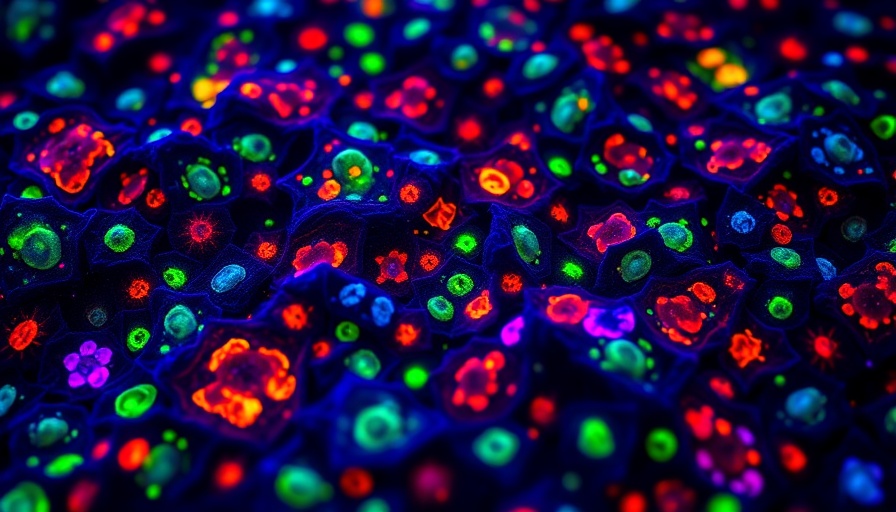
A New Perspective on the Red Nucleus
The human brain is a wondrous organ, with areas that have long been overlooked or assumed to hold one primary function. New studies, however, are revealing that even the most ancient structures, like the red nucleus in the brainstem, have evolved to play sophisticated roles. Traditionally viewed as merely a coordinator for limb movements in quadrapedal animals, recent research indicates that this structure may also be integral to processes associated with reward fulfillment and motivated behavior in humans.
Understanding the Structure: Red Nucleus Function Reimagined
The red nucleus, a pale pink structure located in the brainstem, is comprised of two distinct subregions: the magnocellular and parvocellular regions. In quadrupeds, most of the neurons are of the magnocellular type, linking the red nucleus closely to motion control. However, as animals transitioned from walking on four limbs to bipedal locomotion, the composition of the red nucleus shifted. In humans, the parvocellular region dominates, suggesting a new evolutionary path that could redefine our understanding of its function. Recent imaging studies have shown that instead of primarily connecting to spinal cord regions, as previously believed, the human red nucleus projects to areas in the brain involved with emotion and action—opening the door to further inquiries into its role in complex behaviors.
Pioneering Research Techniques: Precision Functional Mapping
The breakthrough in understanding the advanced roles of the red nucleus stems from new research techniques. Researchers employed precision functional mapping to analyze repeated brain scans from a small group of participants. This method provides a more precise look at brain activity than larger studies using fewer data points. As noted by study lead Nico Dosenbach, this approach enables the mapping of regions that primarily target the salience and action-mode networks, which are responsible for coordinating our motivations and actions. By connecting to the dorsal anterior cingulate cortex, an area associated with reward processing, the research further threads a line between movement coordination and motivation.
Implications of the Findings
This insight into the red nucleus has far-reaching implications for how we understand brain function. While most discussions around motor control have historically centered on higher-order areas in the cortex, the discovery that the red nucleus links to motivation suggests much deeper, more complex networks involving ancient structures. Some researchers previously thought that brainstem regions merely retained primal functions; however, this study posits that these areas have adapted and continue to evolve.
Future Trends and Questions
As we stand on the cusp of these discoveries, several questions linger. How else might other ancient brain structures have evolved? What does this mean for our understanding of disorders that impact motor control and motivation? Researchers and clinicians alike could benefit from reevaluating their approaches to conditions such as Parkinson's disease or depression, where motivation and movement are often intertwined. As the conversation continues, the examination of how our brains have evolved—including structures once thought static—could lead to innovative treatments and understandings.
Engagement with the Community: Why This Matters
Understandably, the complexities of the human brain can feel abstract or distant for many. Yet, this research bridges gaps. It underlines the interconnectedness of our behaviors and underlying biological structures. As studies reveal the brain's architecture, community members can engage with the science using knowledge derived from these findings. Understanding the brain's evolution equips society to appreciate the nuances of human behavior, informing everything from parenting strategies to community health initiatives.
Conclusion: A Call for Ongoing Research
The journey into understanding the human brain is still unfolding, revealing new pathways and intersections that merit further exploration. Engaging with this ongoing research could enhance how we perceive our experiences and engagement. We encourage curious minds to delve deeper into these findings, sparking more questions and further studies—not just for academic insight, but to foster a richer understanding of our human experience.
 Add Row
Add Row 

 Add
Add 


Write A Comment